Home>Technology>Smart Home Devices>How To Connect Laptop To Canon Printer
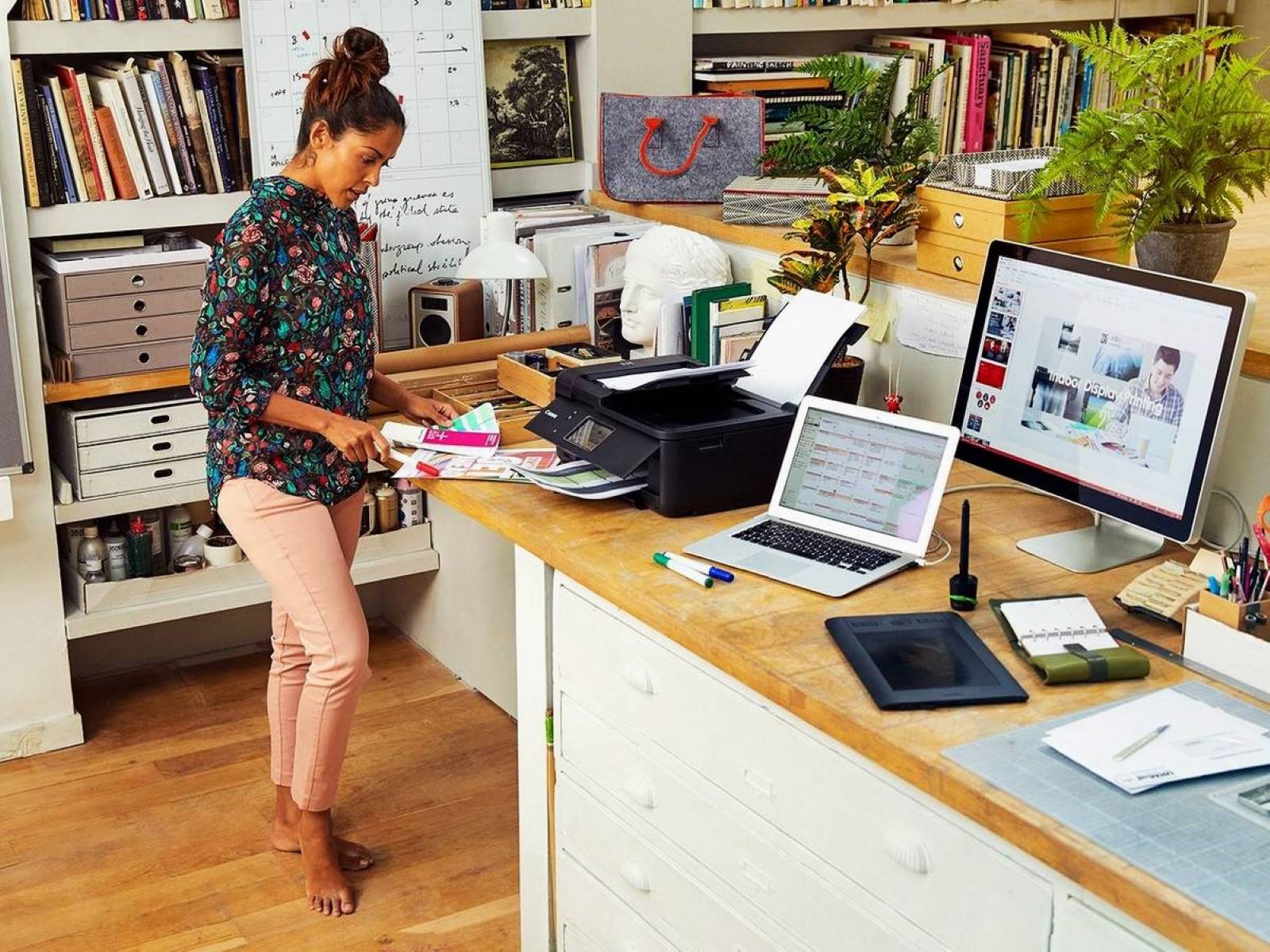

Smart Home Devices
How To Connect Laptop To Canon Printer
Modified: February 18, 2024
Learn how to easily connect your laptop to your Canon printer and start printing wirelessly. Discover seamless integration with smart home devices.
(Many of the links in this article redirect to a specific reviewed product. Your purchase of these products through affiliate links helps to generate commission for Storables.com, at no extra cost. Learn more)
Introduction
In the modern era of digital technology, the ability to seamlessly connect devices is a key aspect of enhancing productivity and convenience. When it comes to printing documents or photos from your laptop, the process of connecting a Canon printer is relatively straightforward. Whether you're a student needing to print an assignment, a professional preparing reports, or a photography enthusiast wanting to see your images in print, the ability to connect your laptop to a Canon printer is invaluable.
In this comprehensive guide, we will walk you through the step-by-step process of connecting your laptop to a Canon printer. By following these instructions, you can streamline your printing experience and ensure that your documents and images are effortlessly transferred from your laptop to the physical realm. So, let's embark on this journey to seamlessly link your laptop and Canon printer, opening up a world of printing possibilities.
Key Takeaways:
- Ensure your laptop’s operating system, connection interfaces, and printer drivers align with your Canon printer for a seamless connection and hassle-free printing experience.
- Installing the correct printer drivers and conducting thorough testing ensures smooth communication between your laptop and Canon printer, empowering you to effortlessly bring your digital creations to life.
Step 1: Check the Printer and Laptop Compatibility
Before embarking on the process of connecting your laptop to a Canon printer, it is crucial to ensure that both devices are compatible. Compatibility is essential for establishing a seamless connection and avoiding potential technical issues. Here are the key considerations to keep in mind:
- Operating System Compatibility: Verify that your laptop’s operating system is compatible with the Canon printer. Canon provides drivers and software for various operating systems, including Windows, macOS, and Linux. Ensure that your laptop’s operating system is supported by the specific Canon printer model you own.
- Connection Interface: Identify the connection interfaces available on both your laptop and the Canon printer. Common connection interfaces include USB, Wi-Fi, and Bluetooth. Ensure that the printer and laptop have at least one compatible interface for establishing a connection.
- Driver Compatibility: Check if the printer drivers are compatible with your laptop’s operating system. Canon offers downloadable drivers and software for each printer model on their official website. It is essential to download and install the correct drivers tailored to your laptop’s operating system to ensure seamless compatibility.
By thoroughly assessing the compatibility between your laptop and Canon printer, you can lay a solid foundation for a successful connection. Once you have confirmed compatibility, you can proceed to the next step with confidence, knowing that your devices are ready to be linked in harmony.
Step 2: Install Printer Drivers
Installing the appropriate printer drivers on your laptop is a critical step in ensuring a smooth and efficient connection with your Canon printer. Printer drivers act as the bridge between your laptop’s operating system and the printer, enabling seamless communication and functionality. Follow these steps to install the necessary printer drivers:
- Identify the Printer Model: Locate the exact model of your Canon printer. This information is typically found on the front or top of the printer and can also be accessed through the printer’s settings menu.
- Visit the Canon Website: Navigate to the official Canon website’s support section. Look for the "Drivers & Downloads" or "Support" area, where you can enter your printer model and select your laptop’s operating system.
- Download the Drivers: Once you have selected the appropriate printer model and operating system, download the recommended drivers and any accompanying software. Ensure that you are downloading the most up-to-date drivers to benefit from the latest features and optimizations.
- Install the Drivers: After the download is complete, run the driver installation file. Follow the on-screen prompts to install the drivers on your laptop. This process may require administrative privileges, so ensure that you have the necessary permissions.
- Restart Your Laptop: After the installation is complete, it is advisable to restart your laptop to finalize the driver installation process. This step helps ensure that the drivers are fully integrated into your laptop’s operating system.
By diligently following these steps to install the printer drivers, you are effectively equipping your laptop with the essential software components needed to establish a seamless connection with your Canon printer. With the drivers in place, you are now ready to proceed to the next pivotal step in the connection process.
Make sure your laptop and Canon printer are connected to the same Wi-Fi network. Install the printer drivers on your laptop and follow the on-screen instructions to connect the two devices.
Step 3: Connect the Printer to the Laptop
With the printer drivers successfully installed on your laptop, it’s time to establish the physical or wireless connection between your Canon printer and the laptop. The method of connection may vary based on the available interfaces and your preferences. Here’s how to connect the printer to your laptop:
- USB Connection: If you prefer a direct physical connection, use a USB cable to connect the printer to your laptop. Locate an available USB port on your laptop and connect the other end of the cable to the corresponding port on the Canon printer. Your laptop should automatically detect the connected printer.
- Wireless Connection: For a wireless connection, ensure that both the printer and laptop are connected to the same Wi-Fi network. Access the printer’s settings menu to enable Wi-Fi connectivity. On your laptop, navigate to the "Printers & Scanners" or "Devices & Printers" section in the system settings and select "Add a Printer or Scanner." Your Canon printer should appear in the list of available devices. Follow the on-screen prompts to complete the wireless connection.
- Bluetooth Connection: If your Canon printer supports Bluetooth connectivity and your laptop is equipped with Bluetooth capabilities, you can establish a direct wireless connection between the two devices. Enable Bluetooth on both the printer and laptop, and follow the respective pairing procedures to link them together.
Regardless of the connection method you choose, ensure that both the printer and laptop are powered on and ready to establish the connection. Once the connection is successfully established, your laptop can seamlessly communicate with the Canon printer, enabling you to initiate print jobs with ease.
With the printer and laptop now harmoniously connected, it’s time to verify the integrity of the connection and ensure that your printing endeavors proceed without any hitches.
Step 4: Test the Connection
After connecting your Canon printer to the laptop, it’s crucial to conduct a comprehensive test to ensure that the connection is fully operational. By testing the connection, you can verify the seamless communication between the devices and address any potential issues before embarking on extensive printing tasks. Follow these steps to test the connection between your laptop and the Canon printer:
- Print a Test Page: Initiate a test print from your laptop to the connected Canon printer. This can be done by opening a document or image and selecting the "Print" option. Ensure that the correct printer is selected in the print dialog box, and proceed to print a test page. Observe the printer’s response and check if the printed output matches the content on your laptop screen.
- Check for Error Messages: Monitor the printer and your laptop for any error messages or notifications. If the print job encounters an error, carefully review the error message and refer to the printer’s manual or online resources to troubleshoot the issue.
- Verify Wireless Connectivity: If you opted for a wireless connection, test the stability of the connection by initiating multiple print jobs from different applications. Ensure that the wireless connection remains consistent and reliable, allowing for uninterrupted printing.
- Inspect Print Quality: Examine the quality of the printed output to ensure that the text is clear, images are accurately reproduced, and colors are vibrant. If the print quality is unsatisfactory, consider adjusting the printer settings or performing maintenance procedures as recommended by Canon.
By conducting a thorough test of the connection, you can address any potential issues and fine-tune the settings to optimize the printing experience. A successful test confirms that your laptop and Canon printer are effectively linked, empowering you to embark on a wide range of printing tasks with confidence.
With the connection tested and validated, you can now revel in the convenience of seamlessly printing documents, photographs, and creative projects directly from your laptop to the Canon printer.
Conclusion
Connecting your laptop to a Canon printer opens up a world of possibilities, allowing you to effortlessly transform digital content into tangible prints. By following the step-by-step process outlined in this guide, you have equipped yourself with the knowledge and skills to establish a seamless connection between your devices. Let’s recap the key takeaways from this comprehensive guide:
- Compatibility Matters: Prioritize compatibility by ensuring that your laptop’s operating system, connection interfaces, and printer drivers align with the specifications of your Canon printer.
- Driver Installation: Installing the correct printer drivers tailored to your laptop’s operating system is essential for facilitating smooth communication between the devices.
- Connection Methods: Whether opting for a USB, wireless, or Bluetooth connection, the method you choose should align with your preferences and the available features of your Canon printer and laptop.
- Thorough Testing: Conducting a comprehensive test of the connection, print quality, and wireless stability ensures that your printing experience remains hassle-free and reliable.
By successfully connecting your laptop to a Canon printer, you have unlocked the ability to seamlessly print documents, creative projects, and cherished memories. The convenience and efficiency of this connection empower you to bring your digital creations to life with a simple click of the "Print" button.
As you embark on your printing journey, remember to regularly update your printer drivers and maintain the connectivity between your laptop and Canon printer. This proactive approach ensures that your printing experience remains optimized and free from technical hindrances.
Embrace the seamless connection between your laptop and Canon printer, and revel in the joy of transforming your digital world into tangible, printed expressions.
Happy printing!
Frequently Asked Questions about How To Connect Laptop To Canon Printer
Was this page helpful?
At Storables.com, we guarantee accurate and reliable information. Our content, validated by Expert Board Contributors, is crafted following stringent Editorial Policies. We're committed to providing you with well-researched, expert-backed insights for all your informational needs.
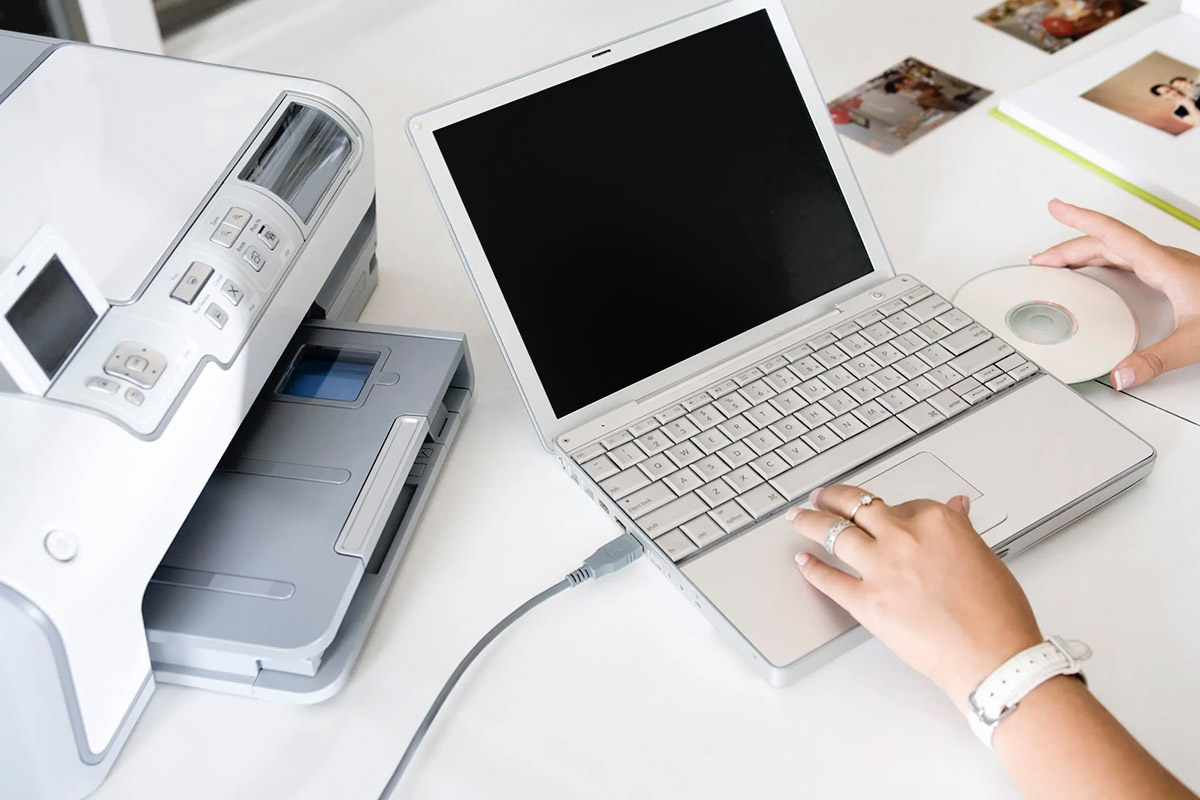
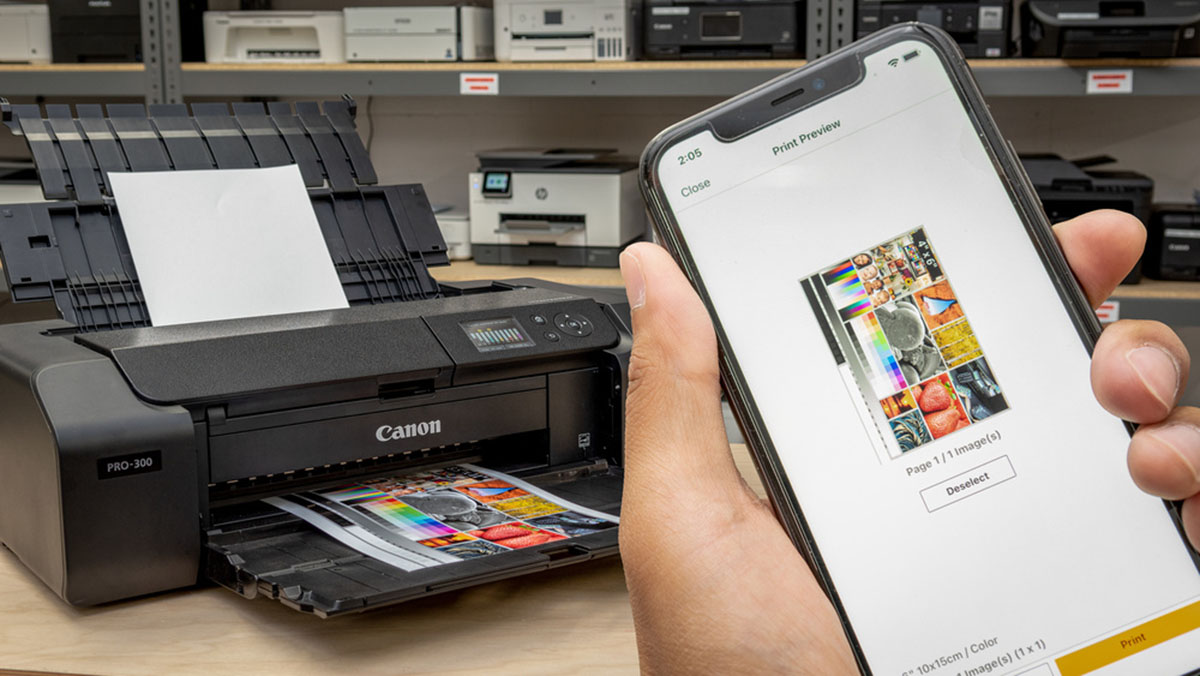
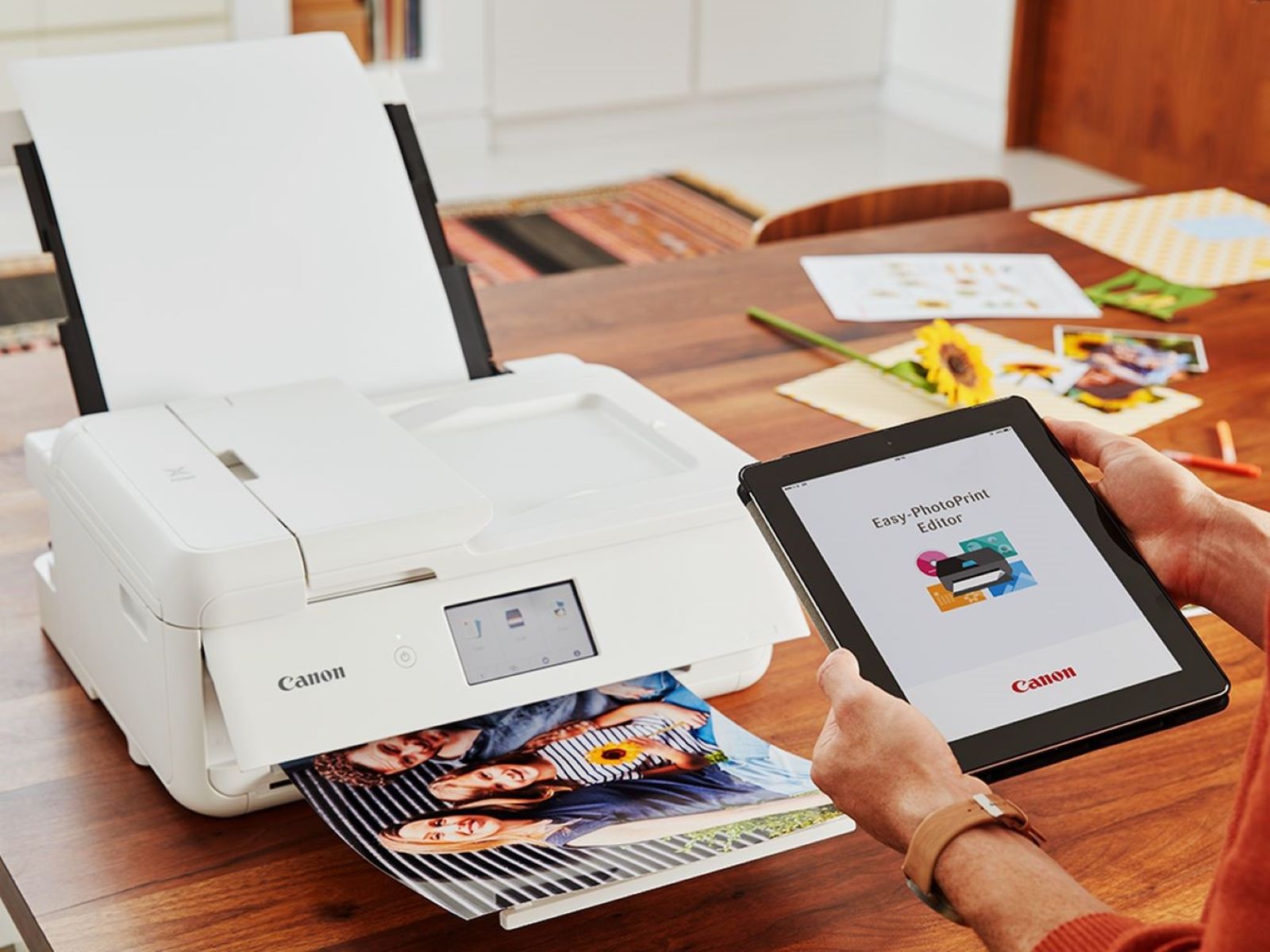
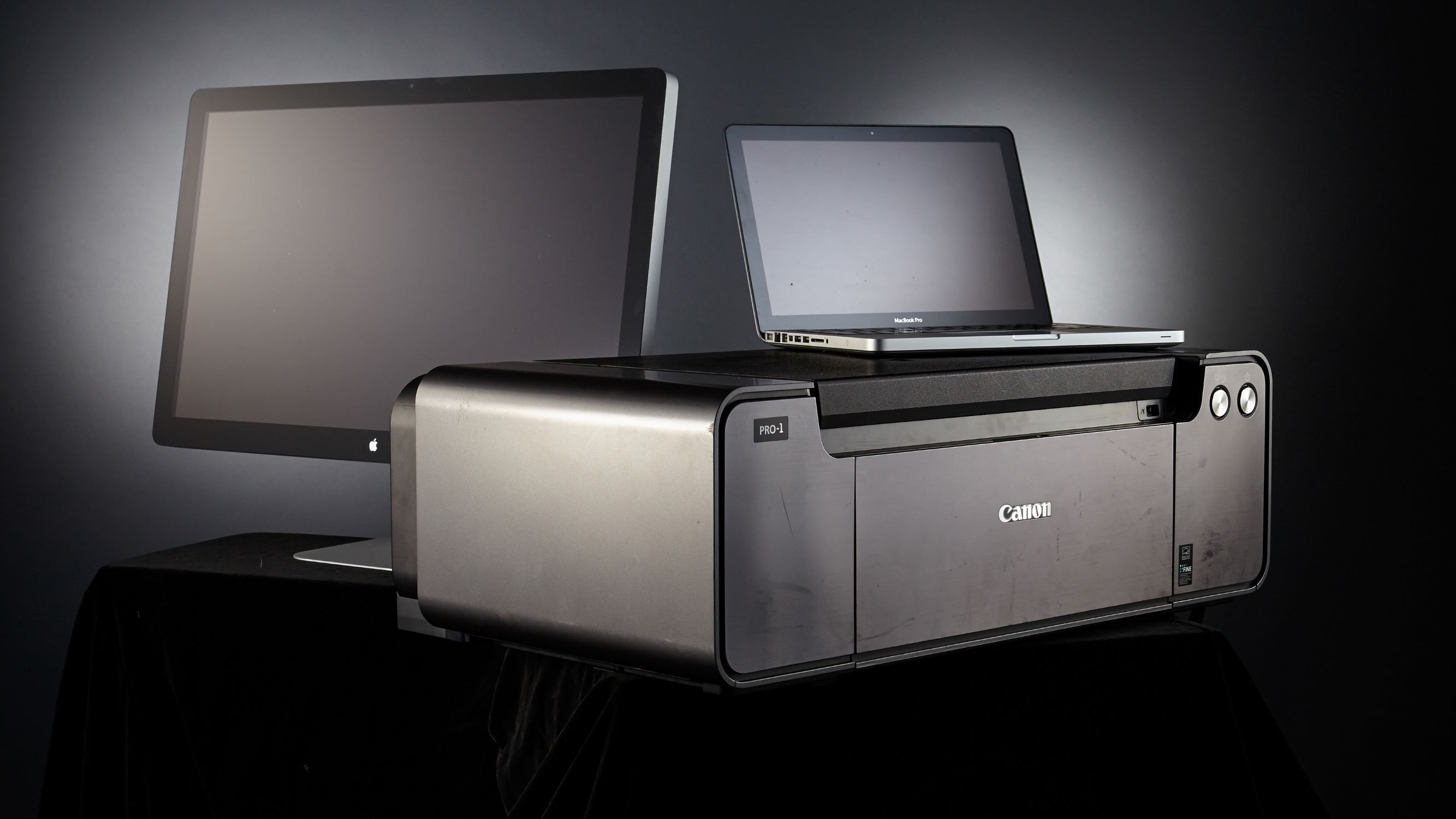
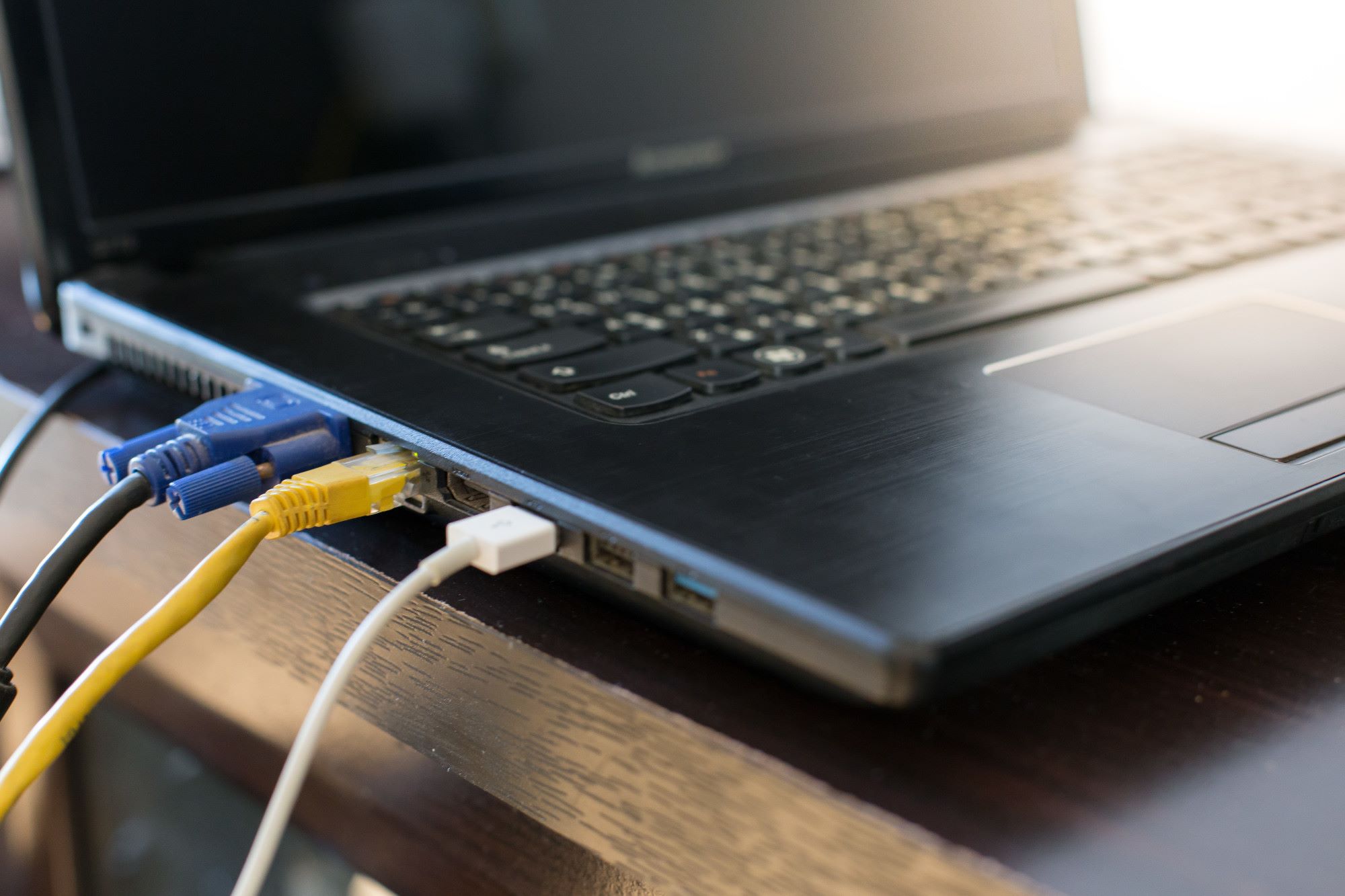
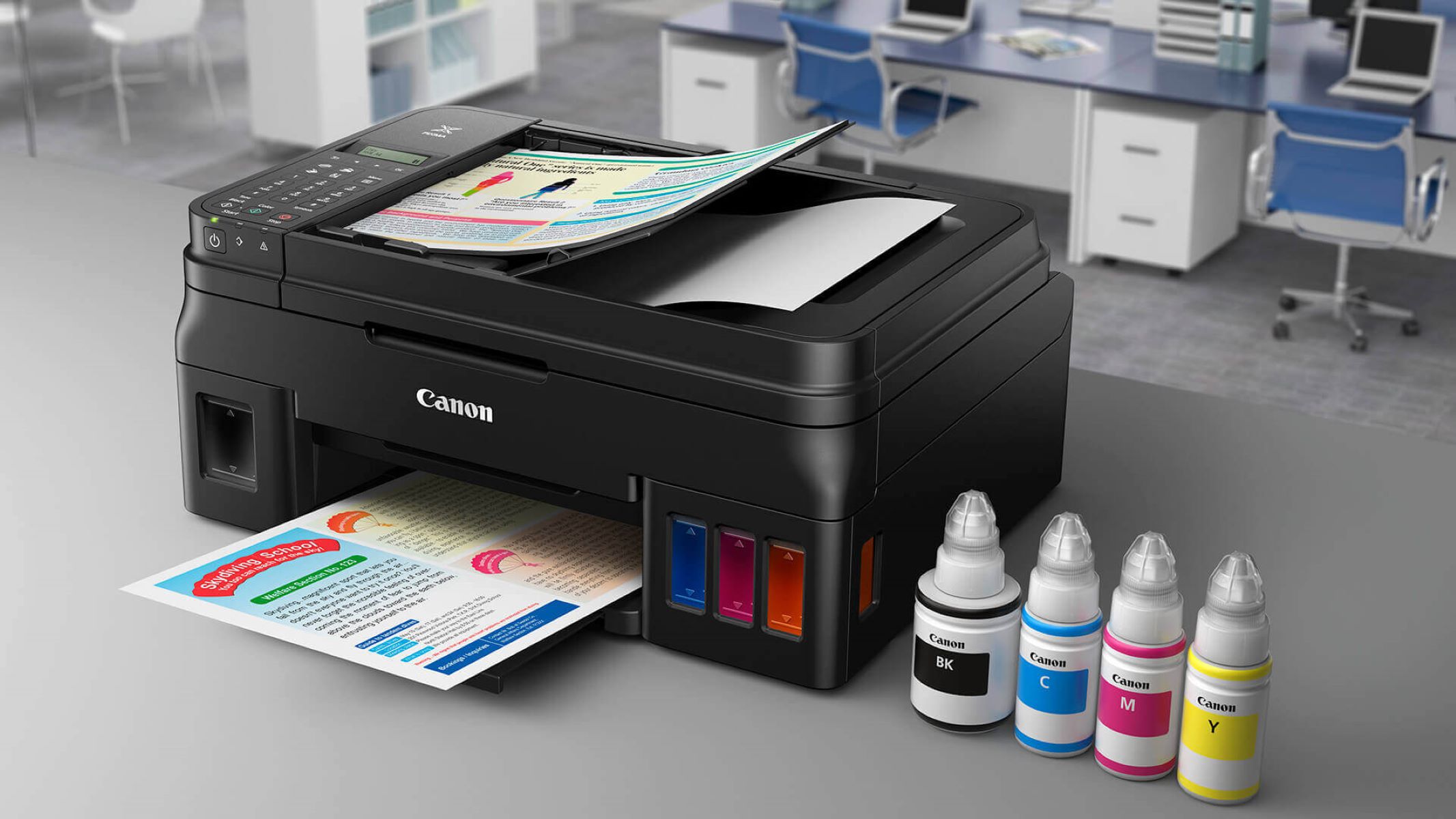
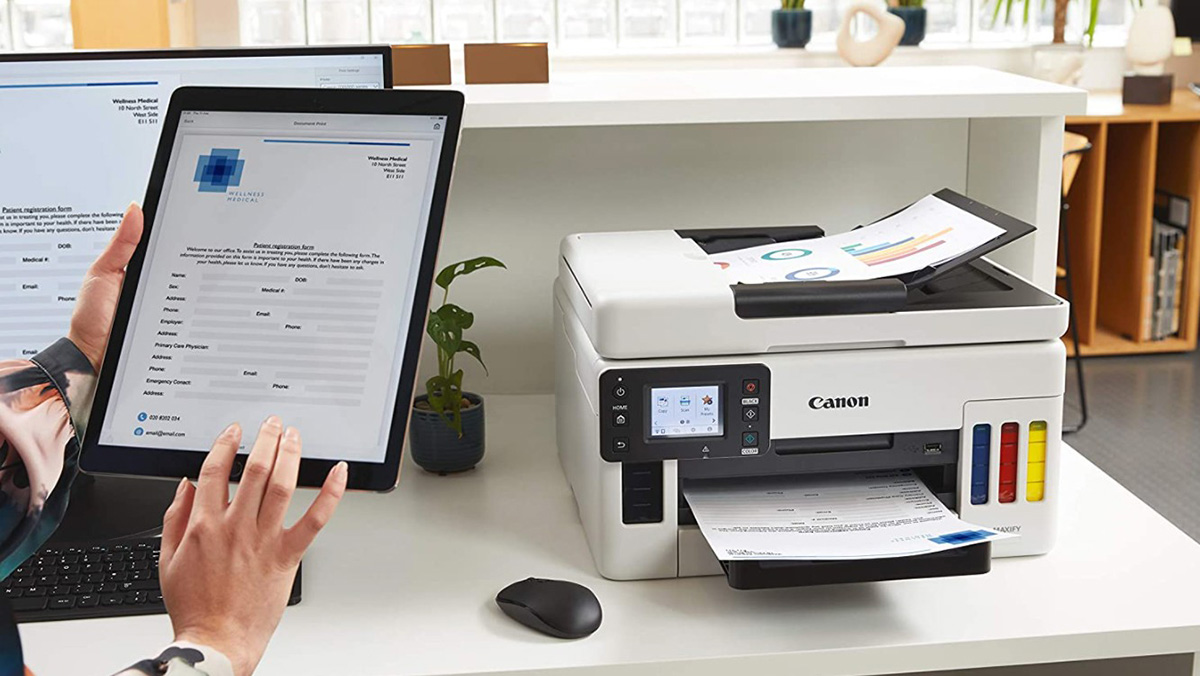
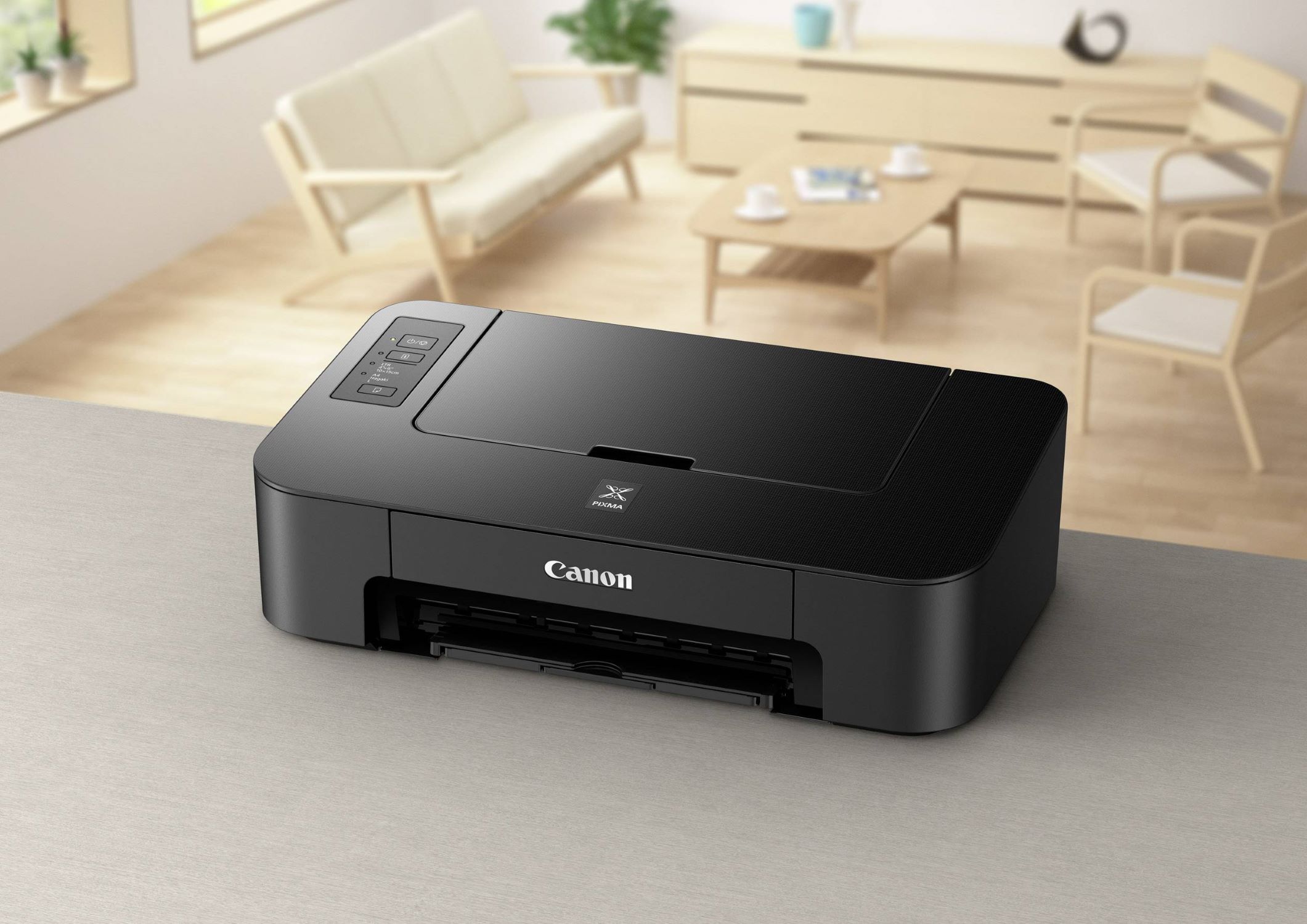
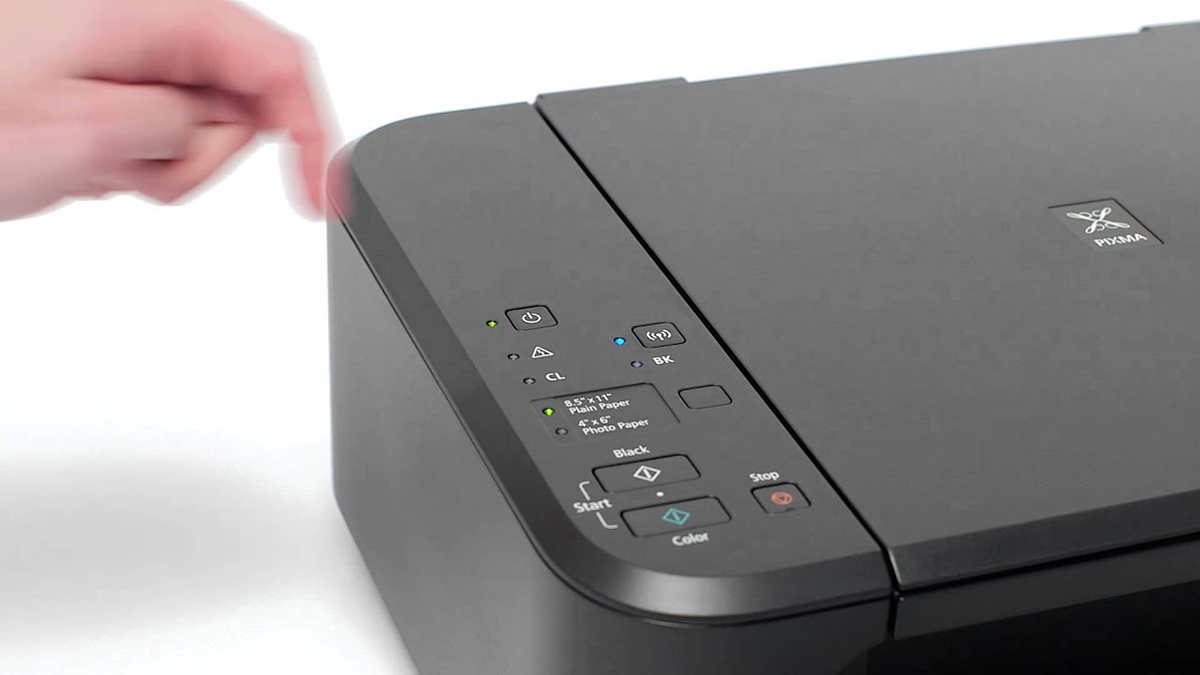

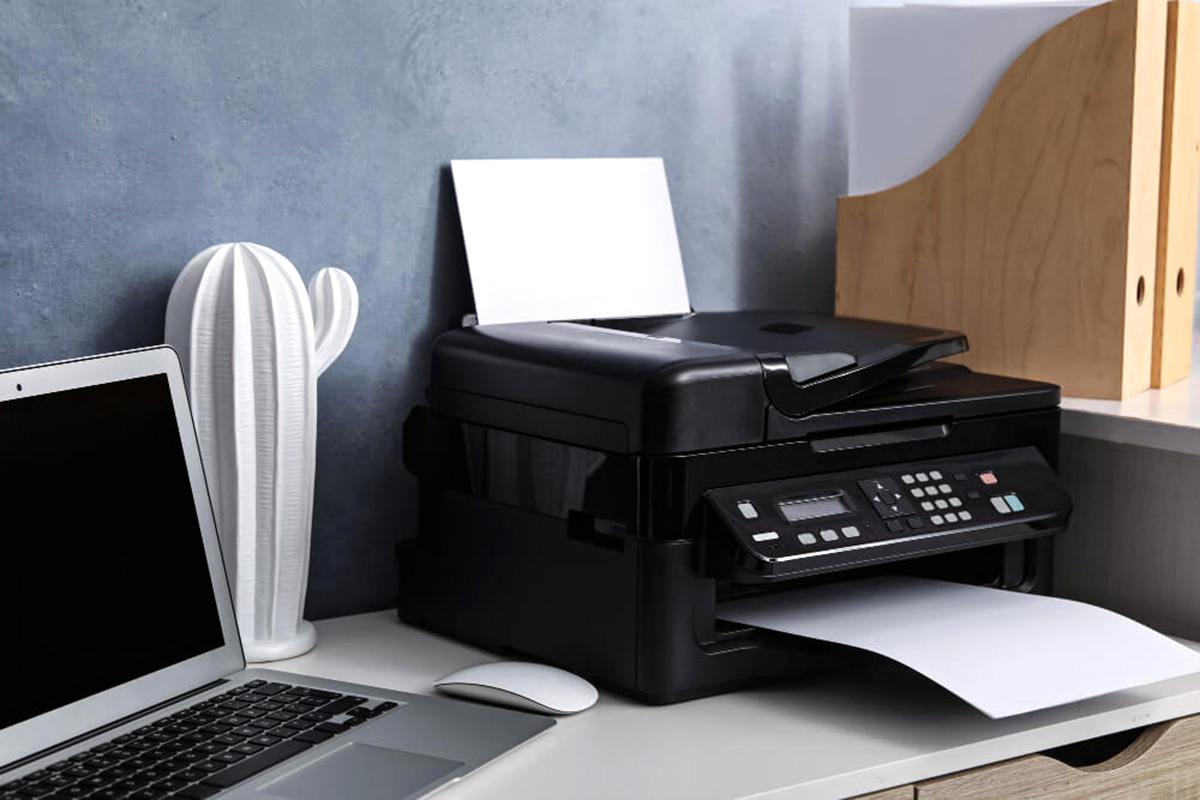
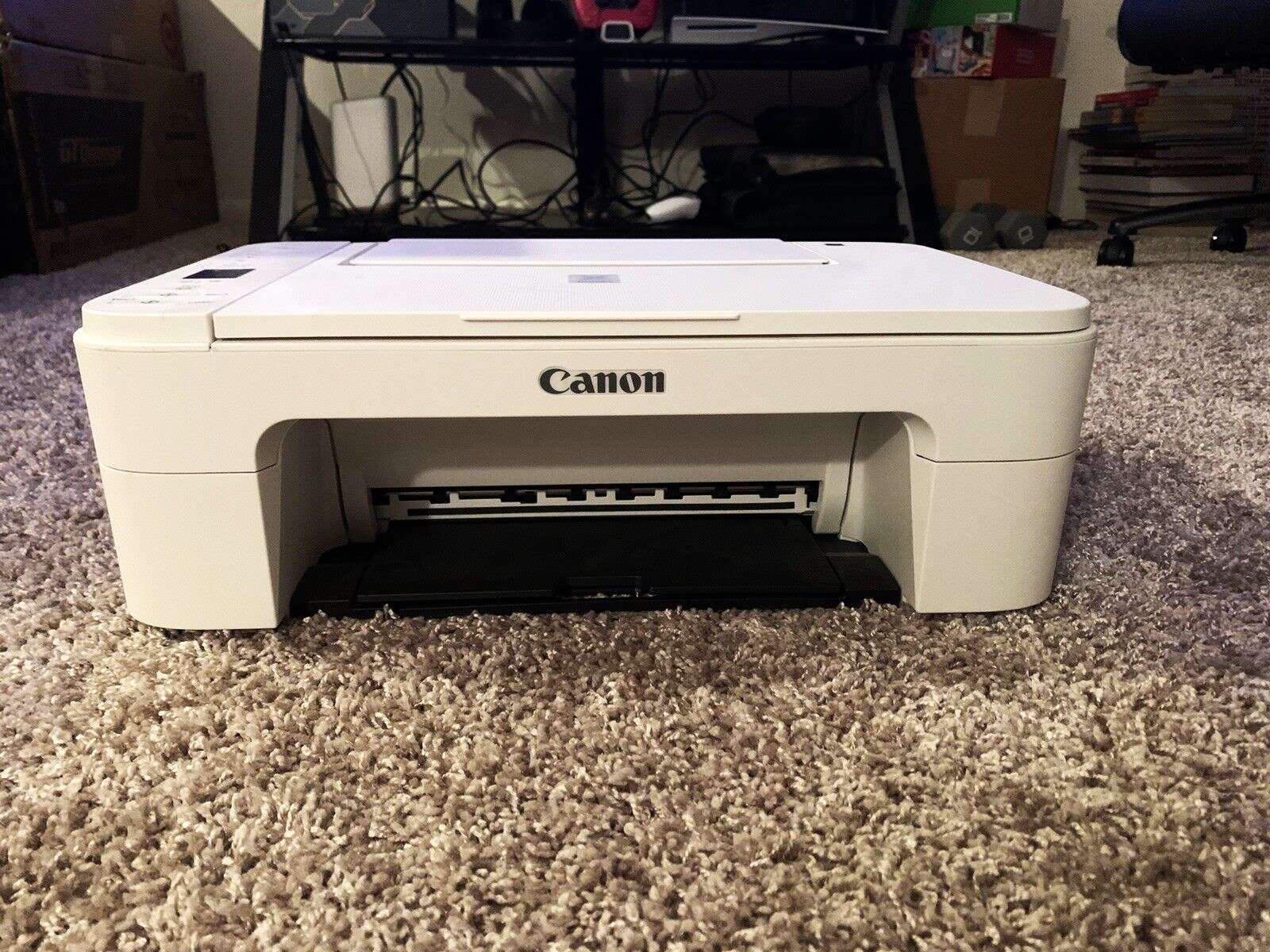
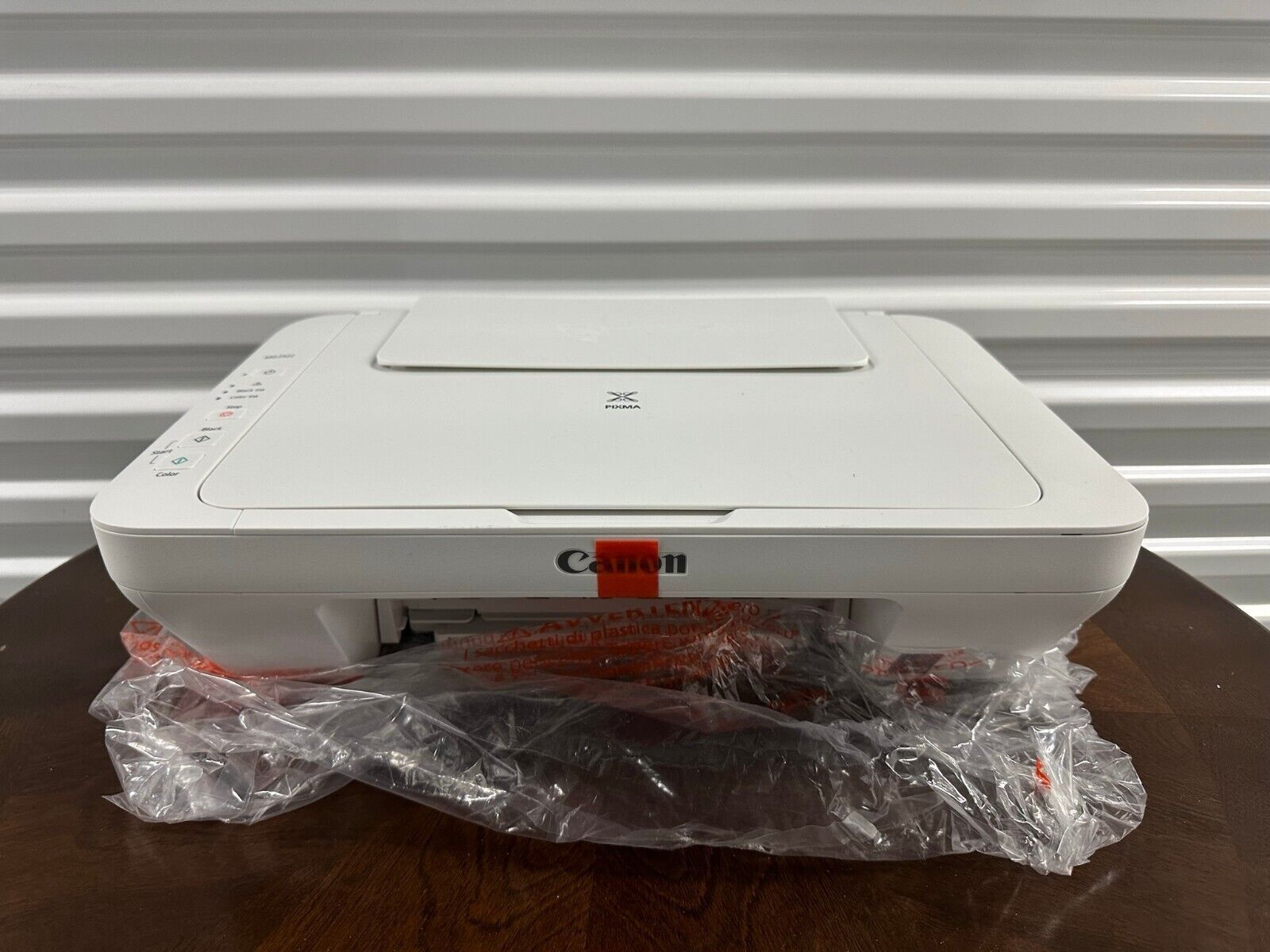
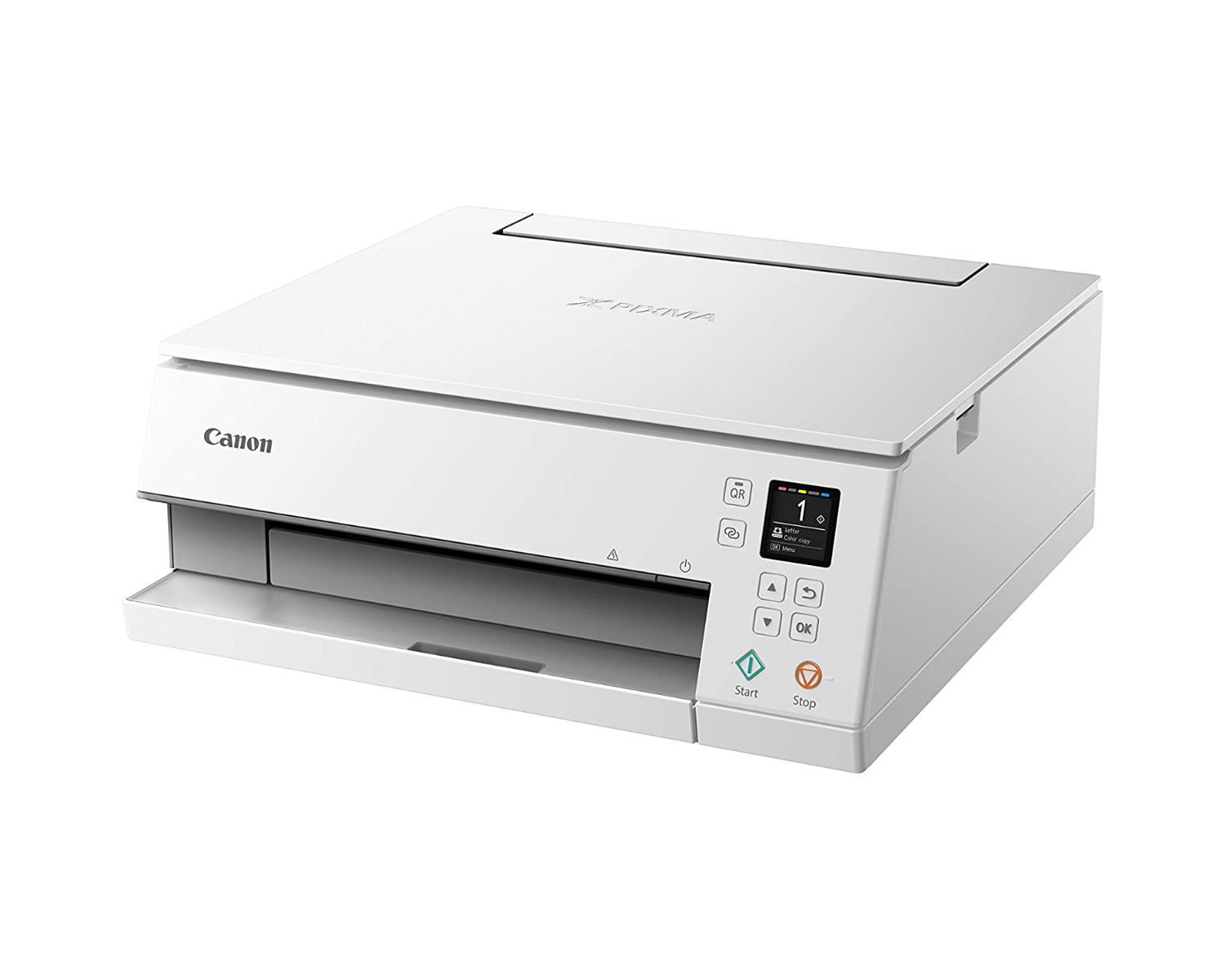

0 thoughts on “How To Connect Laptop To Canon Printer”